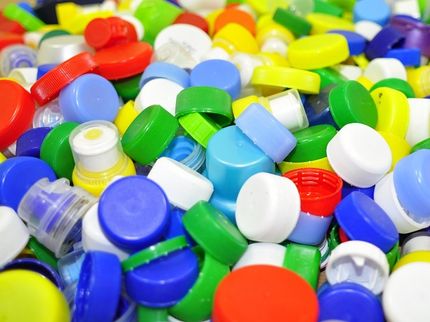Market study: Polyethylene - HDPE
High-density polyethylene (HDPE) is a highly versatile type of plastic. This becomes apparent in the broad portfolio of products that ranges from food packaging, bottles, cosmetics, care products and household goods to technical parts and products for the construction sector. Ceresana expects worldwide revenues generated with this important type of plastic to rise dynamically and to amount to almost US$70 billion in 2019.
Growth motor Asia-Pacific
Main growth motor will be Asia-Pacific; we expect demand in this region to increase at average growth rates of 4.4% per year. Yet sales markets in Eastern Europe, the Middle East and South America are also likely to generate above-average growth rates. Demand development on the markets for HDPE in North America and Western Europe, however, will be notably slower.
Major application areas
One of the major application areas for HDPE is the blow molding of bottles and other hollow pieces. Products of this type accounted for roughly 28% of global HDPE market volume in 2011, closely followed by films and injection molded products. Strong regional differences can be observed in the segments blow molding and film extrusion in particular. The production of films is the dominating market segment in Asia-Pacific, whereas blow molding and injection molding are the most common processing technologies in North America and Western Europe.
Growth market plastic pipes
But the most dynamic growth in the upcoming eight years we forecast for the HDPE pipe segment; Ceresana expects demand in this sector to increase by 4.8% per year. China and other emerging countries are expanding their infrastructure segments, which results in pipes and cable conduits made from HDPE becoming more important. Not only do they substitute materials such as concrete or metal but can also compete against other types of plastics such as PVC.
Considerable increases in capacity
Changes in regional demand will also have an effect on the global production structure of manufacturers. Over the next eight years, new capacities of more than 8 million tonnes will be added in Asia-Pacific, the Middle East ranks second with an additional capacity of almost 7 million tonnes.
Most read news
Other news from the department business & finance

Get the chemical industry in your inbox
By submitting this form you agree that LUMITOS AG will send you the newsletter(s) selected above by email. Your data will not be passed on to third parties. Your data will be stored and processed in accordance with our data protection regulations. LUMITOS may contact you by email for the purpose of advertising or market and opinion surveys. You can revoke your consent at any time without giving reasons to LUMITOS AG, Ernst-Augustin-Str. 2, 12489 Berlin, Germany or by e-mail at revoke@lumitos.com with effect for the future. In addition, each email contains a link to unsubscribe from the corresponding newsletter.



























































